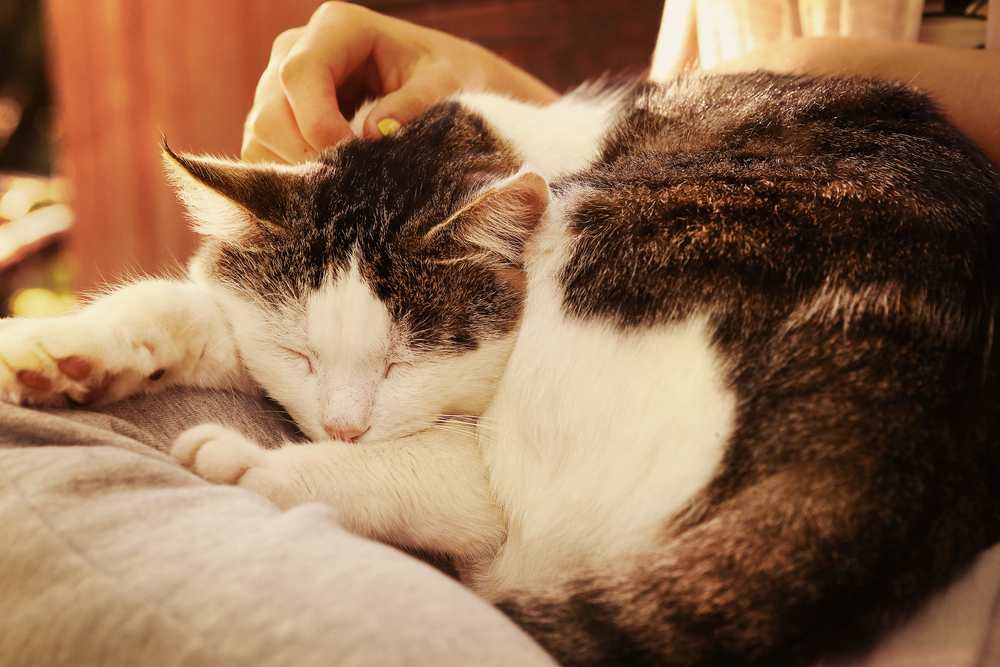Introduction
Deciphering Feline Kidney Disease
The kidneys serve as the body’s filtration system, and their decline in functionality due to chronic kidney disease (CKD) can lead to noticeable changes in a cat’s behaviour.
Spotting Behavioural Clues of Kidney Failure
Owners attuned to their pet’s habits might observe the following behavioural shifts indicative of kidney problems:
- Appetite and Weight Variations: Cats may show a lack of interest in food or a reduced appetite, resulting in weight loss due to inadequate nutrient intake.
- Increased Thirst and Urination: Unusual thirst and subsequent heightened water consumption can lead to more frequent urination or accidents outside the litter box.
- Lethargy and Weakness: A decrease in energy levels might manifest, leading to lethargy and increased resting periods.
- Gastrointestinal Disturbances: Vomiting and diarrhoea, possibly containing blood, could occur due to kidney-related gastrointestinal issues.
- Coat and Breath Changes: Cats might exhibit an unkempt coat and develop an ammonia-like breath odor, indicating health complications.
- Behavioral Shifts: Alterations in behaviour might involve increased withdrawal, irritability, or seeking solitude.

Seeking Veterinary Care
Cat owners who notice these behavioural changes should promptly seek veterinary advice. Early diagnosis and intervention significantly improve the management of feline kidney disease.
Veterinary Diagnostic Procedures
Veterinarians employ various diagnostic tools, including blood tests, urinalysis, and imaging techniques, to assess kidney function and devise appropriate treatment plans.
Treatment and Management Approaches
While chronic kidney disease remains incurable, early detection enables effective management strategies. Treatments often encompass dietary modifications, fluid therapy, and medications to alleviate symptoms and support kidney function.
References
- Syme, Harriet M. “Diagnosis and Management of Feline Chronic Kidney Disease.” Journal of Feline Medicine and Surgery, 2013, 15(7), pp. 631–642. DOI: 10.1177/1098612X13484100.
- IRIS (International Renal Interest Society). “IRIS Staging of CKD.” IRIS Kidney. [Online]. Available: https://www.iris-kidney.com/guidelines/staging.html.
- Bartges, Joseph. “Chronic Kidney Disease in Dogs and Cats: Perspectives on Diagnosis, Management, and Prognosis.” Veterinary Medicine: Research and Reports, 2014, 5, pp. 257–266. DOI: 10.2147/VMRR.S44451.
